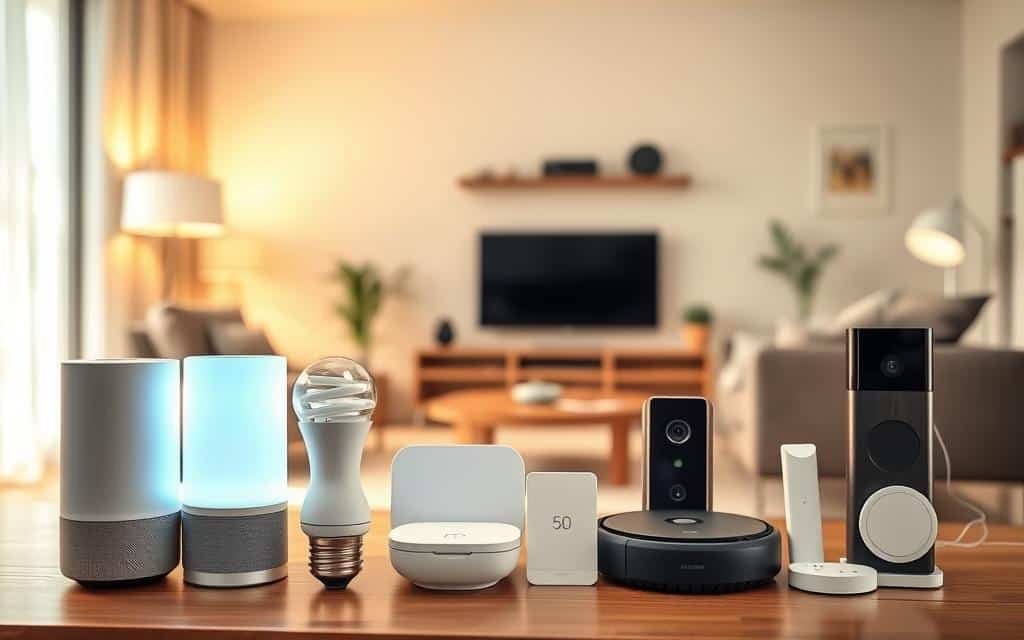Did you know that you can automate your living space without draining your bank account? With the right devices and strategic planning, creating a convenient and customizable living space is more achievable than ever.
There are numerous affordable gadgets available that can help you control your lights, temperature, music, and even monitor your house while you’re away. Many of these affordable options are just as effective as their pricier counterparts.
By prioritizing your needs and exploring various ecosystems, you can build a connected home that enhances convenience, security, and energy efficiency without breaking the bank.
Key Takeaways
- Discover affordable alternatives to premium smart home products.
- Learn how to prioritize your smart home investments based on your needs.
- Explore various ecosystems to find the best value for your money.
- Understand the essential components of a budget-friendly connected home.
- Get a clear roadmap for building a convenient and secure living space.
Understanding Smart Home Basics
As we explore the world of smart homes, it’s essential to understand the basics that make a home “smart.” At its core, a smart home integrates technology to enhance the living experience, making it more convenient, secure, and energy-efficient.
What Makes a Home “Smart”
A home becomes “smart” when it incorporates devices and systems that can be controlled remotely or automated to perform specific tasks. This can include anything from lighting and temperature control to security systems and entertainment devices. The key characteristic of a smart home is its ability to connect these devices, allowing them to communicate with each other and be managed through a single interface, such as a smartphone app or voice assistant.
Benefits of Smart Home Technology
Smart home technology offers numerous benefits, including enhanced convenience, energy efficiency, and improved security. Some of the key advantages include:
- Controlling multiple aspects of your home environment with voice commands or smartphone apps, making it easier to manage your living space.
- Optimizing energy usage with smart thermostats and lighting systems, which can lead to significant reductions in utility bills.
- Enhanced security features, such as connected cameras, smart locks, and motion sensors, providing peace of mind whether you’re at home or away.
- The ability to monitor and manage your home remotely, saving time and reducing worry by allowing you to check on pets, adjust temperatures, or ensure doors are locked from anywhere.
By understanding these basics and benefits, homeowners can make informed decisions about how to integrate smart technology into their living spaces, enhancing their quality of life while also potentially reducing energy consumption and improving home security.
Planning Your Budget Smart Home
A well-planned budget is essential for creating a smart home that meets your needs without overspending. To achieve this, it’s crucial to have a clear understanding of your goals and priorities.
Setting Priorities and Goals
Begin by identifying what you want to achieve with your smart home. Are you looking to enhance security, improve energy efficiency, or increase convenience? Setting clear priorities will help you focus on the devices and features that matter most. Consider your daily routines and how smart devices can simplify or enhance them.
For instance, you might start by thinking about the rooms you use most frequently and what features would be most beneficial in those areas. This will help you allocate your budget effectively, ensuring you get the most value from your investments.
Choosing a Smart Home Ecosystem
Selecting a smart home ecosystem is a critical decision, as it will determine the compatibility of your devices and the overall user experience. Popular ecosystems include Amazon Alexa, Google Assistant, and Apple HomeKit. When choosing an ecosystem, consider the devices you already use or plan to purchase, and ensure they are compatible.
It’s also worth considering the voice assistant that powers your chosen ecosystem, as this will impact how you interact with your smart home devices.
Starting Small and Scaling Up
One of the most effective strategies for building a budget smart home is to start small and scale up over time. Begin with a foundational device such as a smart speaker or display, which can serve as a control center for your other devices.
- Begin with a foundational smart speaker or display that serves as both a control center and a standalone useful device.
- Implement a phased approach by focusing on one room or category of devices at a time.
- Take advantage of starter kits that bundle compatible devices at a discount.
- Look for devices with multiple functions to maximize value.
- Regularly reassess your smart home priorities as you become more familiar with the technology.
Affordable Smart Speakers and Displays
For those looking to dive into the smart home ecosystem without breaking the bank, affordable smart speakers and displays are the way to go. These devices not only provide a central control point for your smart home but also offer entertainment and information at your fingertips.
Amazon Echo Dot (5th Gen)
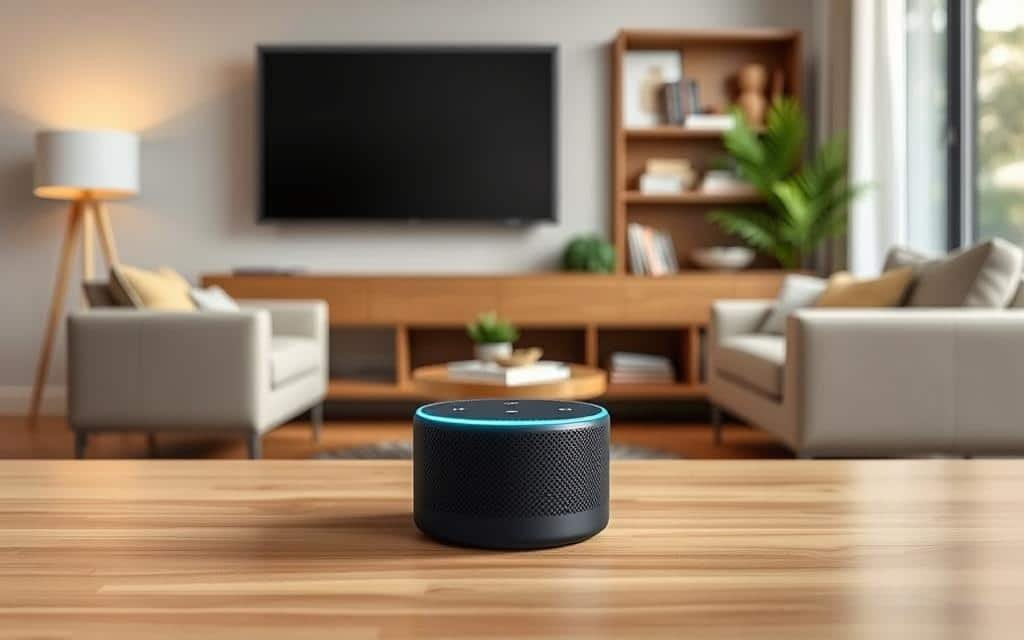
The Amazon Echo Dot (5th Gen) is a powerhouse of functionality and affordability. With improved sound quality and the same Alexa capabilities that have made Echo devices so popular, this smart speaker is a great entry point into the Amazon ecosystem. Its compact size makes it perfect for any room, and its price point makes it an attractive option for those on a budget.
Google Nest Mini
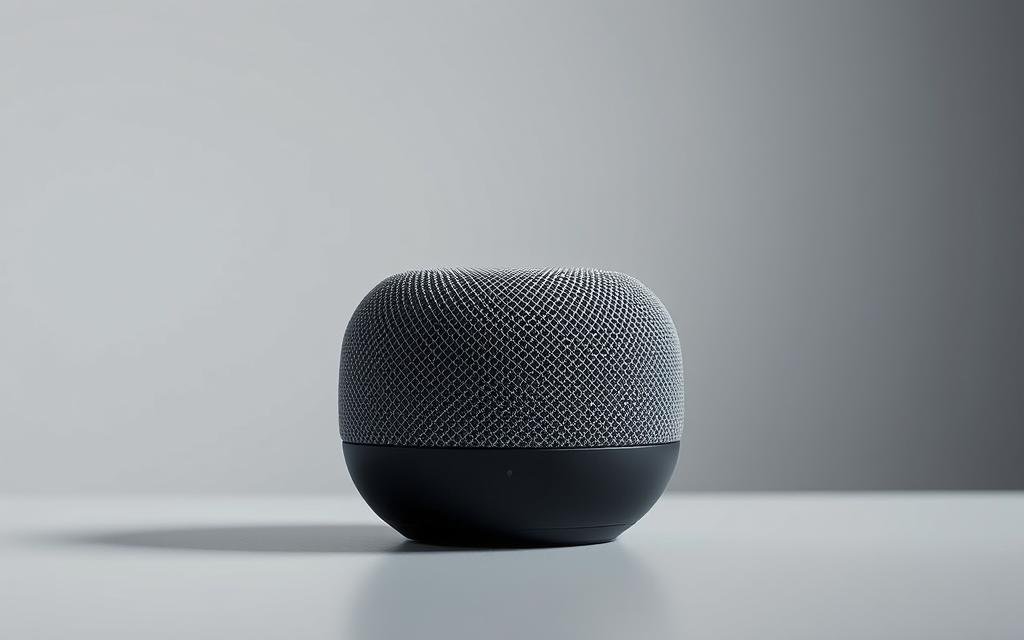
The Google Nest Mini is another affordable smart speaker that packs a punch. With Google Assistant built-in, it offers seamless integration with other Google devices and services. Its small size belies its capability, making it a great choice for those who want a smart speaker that won’t take up much space.
Budget Smart Displays
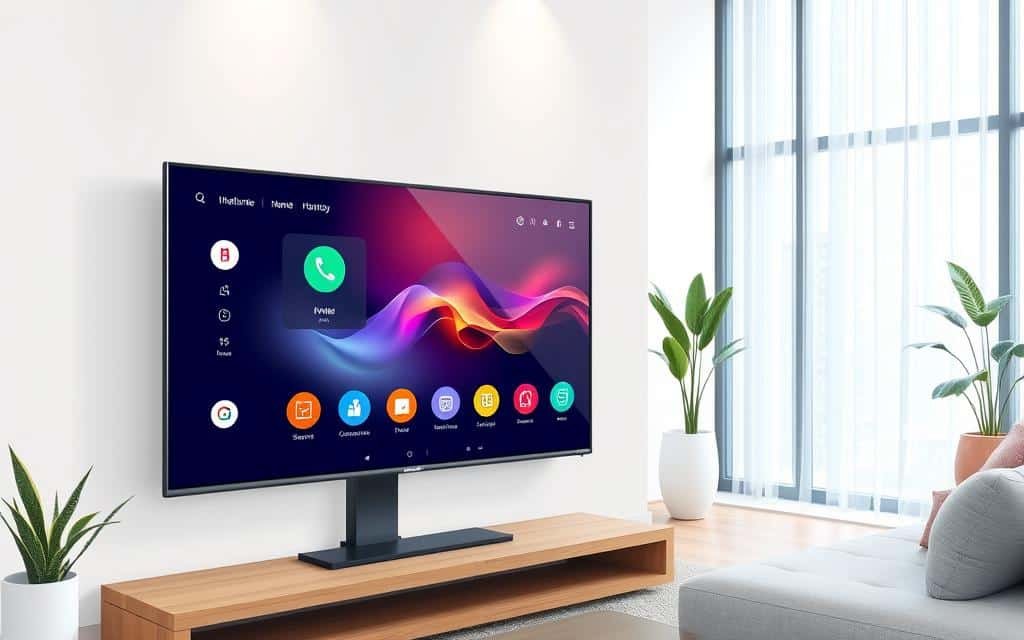
Budget smart displays combine the functionality of smart speakers with the visual element of a display, offering tremendous value for their price. Devices like the Amazon Echo Show 5 and Google Nest Hub (2nd Gen) provide an affordable entry point into the world of smart displays. The Amazon Echo Show 5, with its compact 5.5-inch screen, is ideal for small spaces or as a secondary display. Google’s Nest Hub (2nd Gen), on the other hand, offers a 7-inch display and the added benefit of sleep tracking technology without the need for a camera. These displays enhance the smart home experience by allowing for video calls, security camera monitoring, and visual recipe instructions, among other features.
For budget-conscious consumers, these devices represent a multifunctional solution, serving as a digital photo frame, video player, smart home controller, and information hub all in one. This multifunctionality eliminates the need for multiple separate devices, making them a cost-effective choice for those looking to start or expand their smart home setup.
Budget-Friendly Smart Plugs
One of the simplest and most affordable ways to make your home smarter is by using a smart plug. Smart plugs allow you to control your appliances remotely, schedule their operation, and even monitor their energy usage, all through a smartphone app or voice commands with compatible devices.
Wemo WiFi Smart Plug
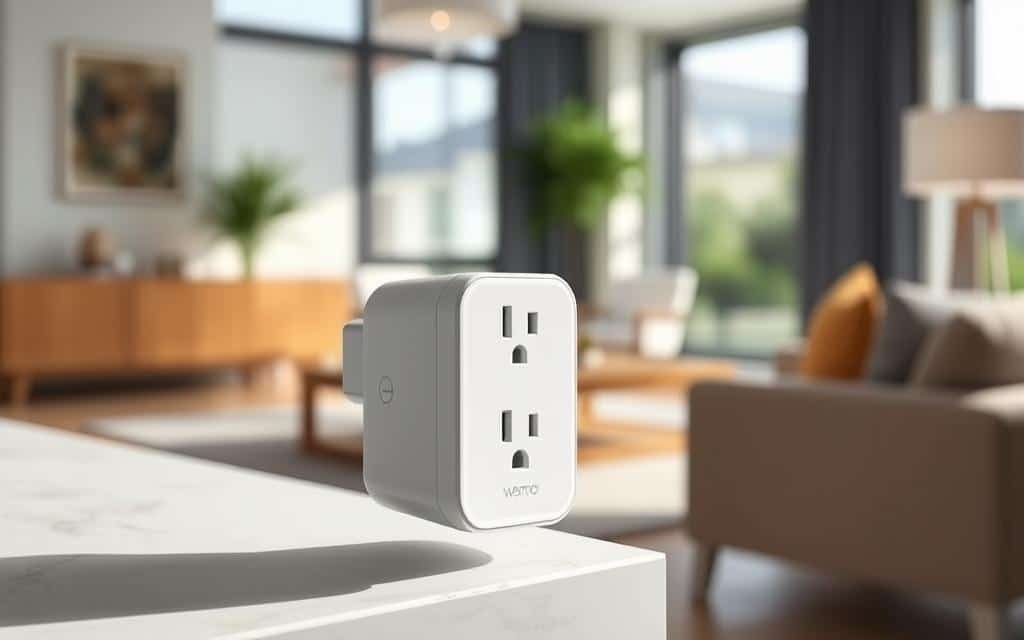
The Wemo WiFi Smart Plug is a versatile and user-friendly device that lets you control your appliances remotely. With the Wemo app, you can turn devices on or off, create schedules, and even monitor energy usage.
TP-Link Kasa Smart Plug
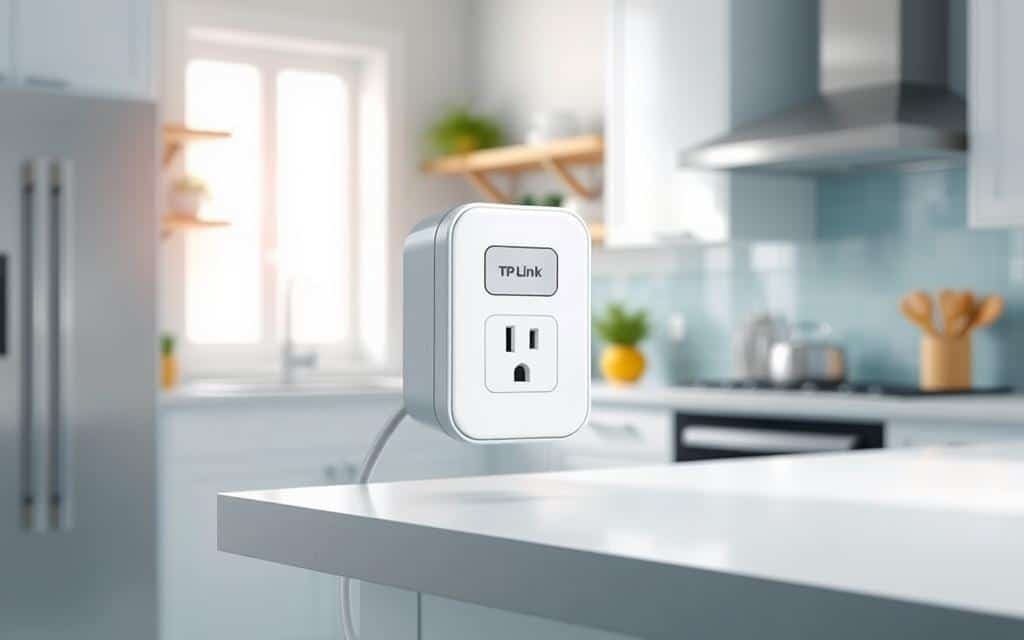
The TP-Link Kasa Smart Plug offers robust functionality, including remote control, scheduling, and energy monitoring. It’s compatible with Amazon Alexa and Google Assistant, making it a great addition to any smart home ecosystem.
Amazon Smart Plug
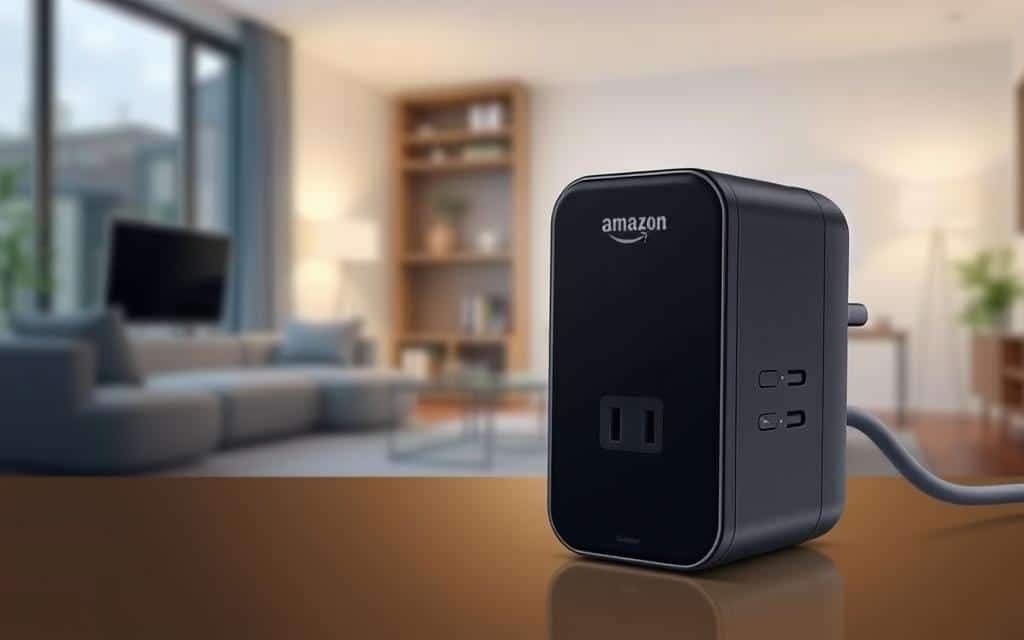
The Amazon Smart Plug is an easy way to make dumb appliances smart. It allows for remote control and scheduling through the Alexa app. It’s particularly convenient for those already invested in the Amazon ecosystem, offering seamless integration with Alexa-enabled devices.
Affordable Smart Lighting Solutions
Affordable smart lighting solutions are now within reach for homeowners. With a wide range of products available, you can enhance your home‘s ambiance and functionality without breaking the bank. Smart lighting can greatly impact the overall feel of your living space, making it more welcoming and comfortable.
Wyze Bulb
The Wyze Bulb is a highly affordable smart light option that offers a range of features, including color temperature adjustment and brightness control. With a price point under $20, it’s an excellent choice for those on a budget. This bulb is easy to install and can be controlled via a smartphone app.
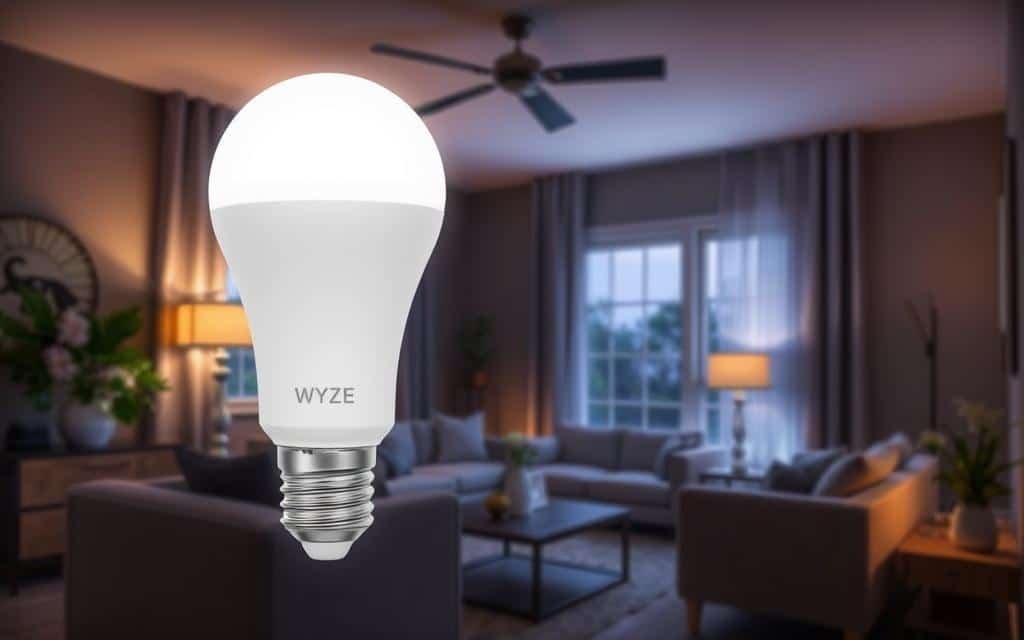
GE Cync Smart Light Bulbs
GE Cync Smart Light Bulbs provide another affordable option for smart lighting. They offer a variety of colors and are compatible with popular smart home devices, making it easy to integrate them into your existing setup. This compatibility ensures a seamless user experience.
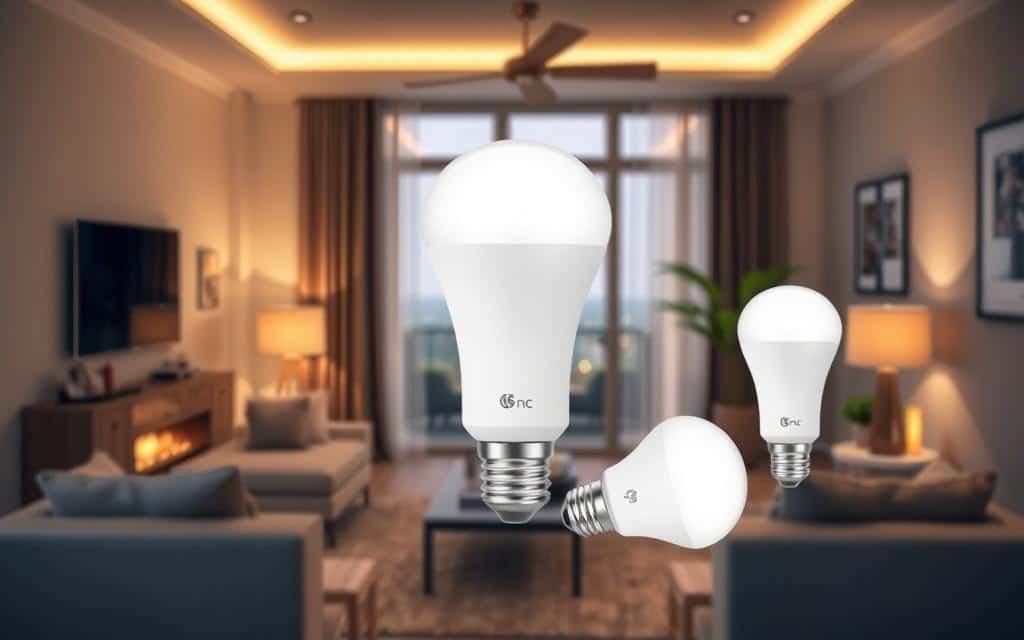
Budget Light Strips and Fixtures
LED light strips have become increasingly popular, offering dramatic lighting effects at a fraction of the cost of premium brands. Brands like Govee, Merkury Innovations, and Wyze offer affordable RGB light strips that connect directly to WiFi, simplifying installation. For example, Govee’s TV Backlight3 Lite offers an immersive viewing experience by extending on-screen colors beyond the display, enhancing your home entertainment.
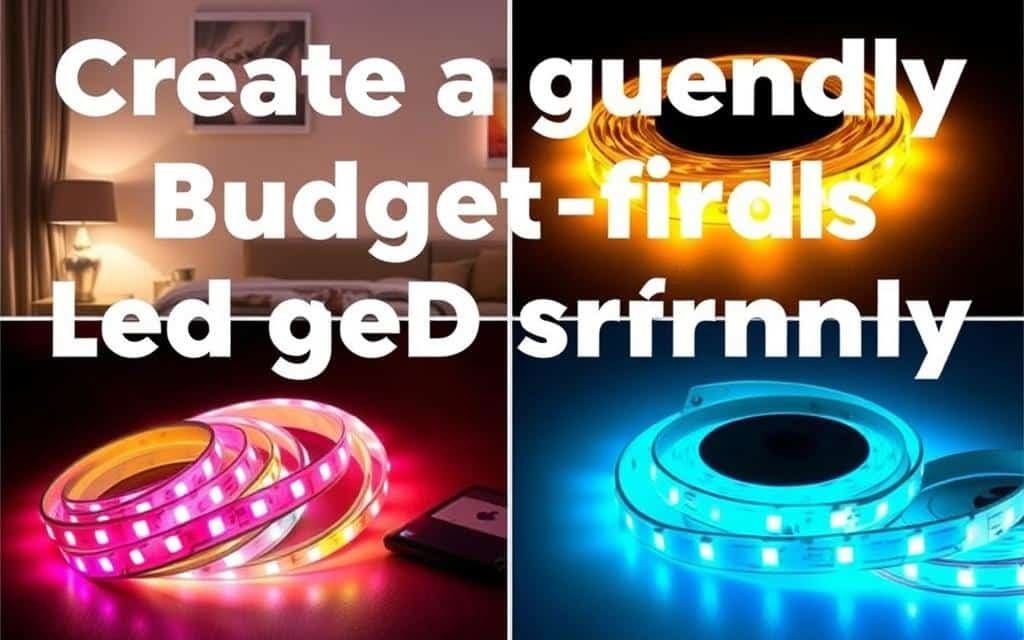
These affordable smart lighting solutions not only enhance the aesthetic appeal of your home but also provide convenience and energy efficiency. By choosing the right options, you can create a smart home that is both functional and stylish, improving your overall quality of life.
Budget Smart Home Security
Budget-friendly smart home security solutions are revolutionizing how we protect our homes. With a variety of affordable devices available, homeowners can now secure their properties without breaking the bank.
Tapo C120 Security Camera
The Tapo C120 Security Camera is a standout option for those seeking affordable home security. This camera offers high-quality video recording and motion detection, making it an excellent choice for monitoring your home.

Ring Video Doorbell Wired
The Ring Video Doorbell Wired is another budget-friendly option that provides clear video and real-time alerts. It’s an excellent addition to any home security system, allowing homeowners to monitor who’s at their door from anywhere.
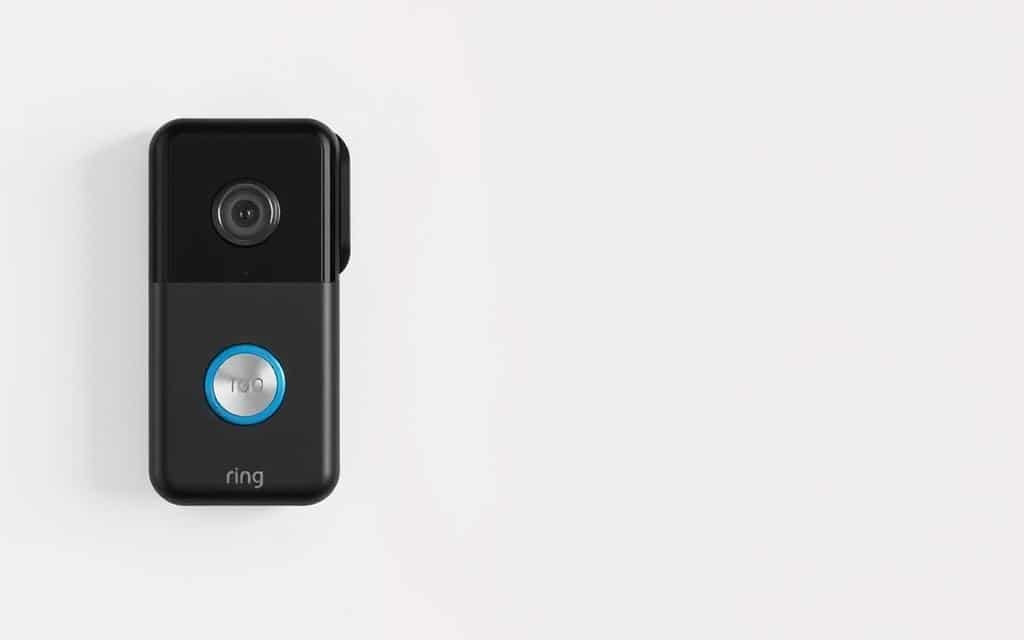
Aqara P1 Motion Sensor
The Aqara P1 Motion Sensor is a versatile and affordable device that not only enhances home security but also automates various smart home functions. With a battery life of up to five years and compatibility with both Apple HomeKit and Amazon Alexa, it’s a valuable addition to any smart home ecosystem.
- The Aqara P1 Motion Sensor provides exceptional value at approximately $25.
- It has an industry-leading battery life of up to 5 years, eliminating frequent maintenance.
- With a wide 170-degree detection field, it offers comprehensive coverage.
- It integrates seamlessly with both Apple HomeKit and Amazon Alexa ecosystems.
- Beyond security, it enables convenient automation triggers for lights, thermostats, and more.
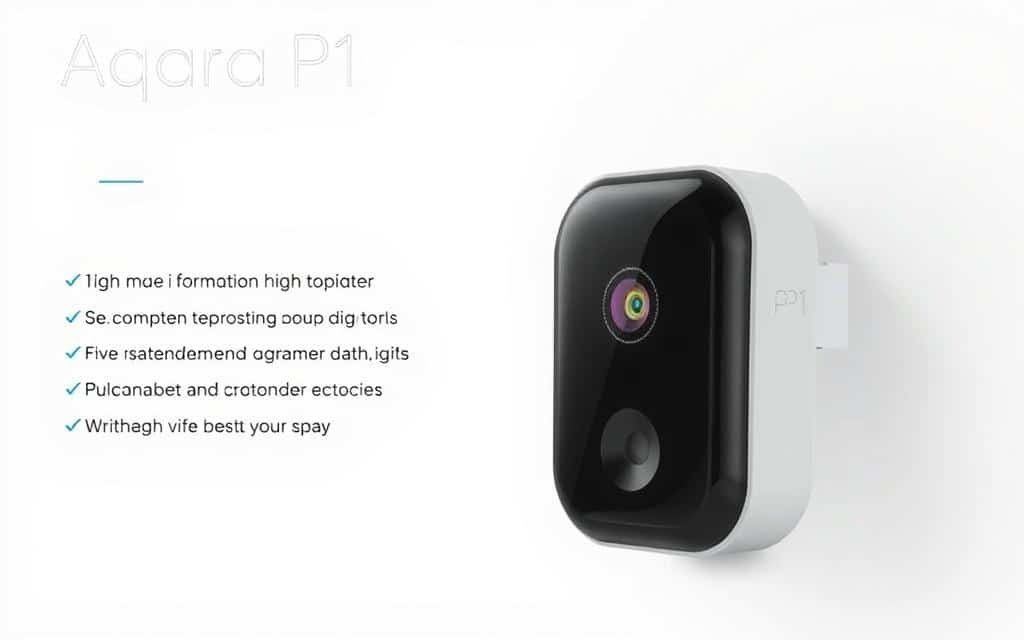
By incorporating these budget-friendly smart home security devices into your home, you can significantly enhance your security and automation capabilities without overspending.
Affordable Smart Thermostats
Affordable smart thermostats are making it possible for homeowners to enjoy a smarter, more energy-efficient home. These devices not only provide comfort but also help in reducing energy bills by optimizing heating and cooling systems.
Amazon Smart Thermostat
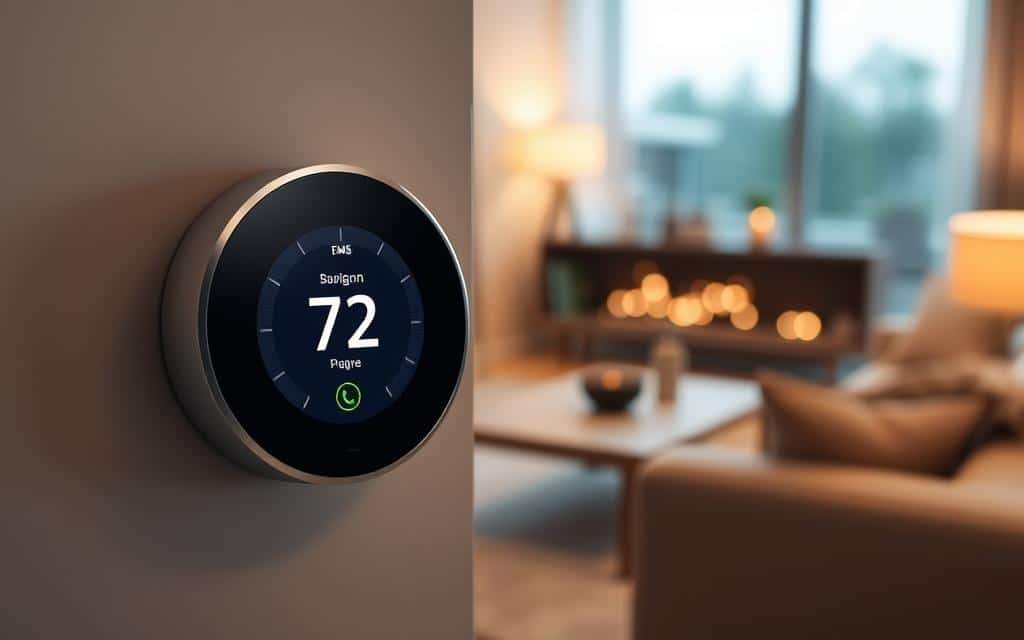
The Amazon Smart Thermostat is a budget-friendly option that doesn’t compromise on features. It works seamlessly with Amazon Alexa, allowing for voice control and smart home integration. Its energy-saving features and intuitive interface make it a popular choice among homeowners.
One of the key benefits of the Amazon Smart Thermostat is its ability to learn your schedule and preferences, adjusting the temperature accordingly. This not only enhances comfort but also contributes to energy savings.
Ecobee Smart Thermostat Lite
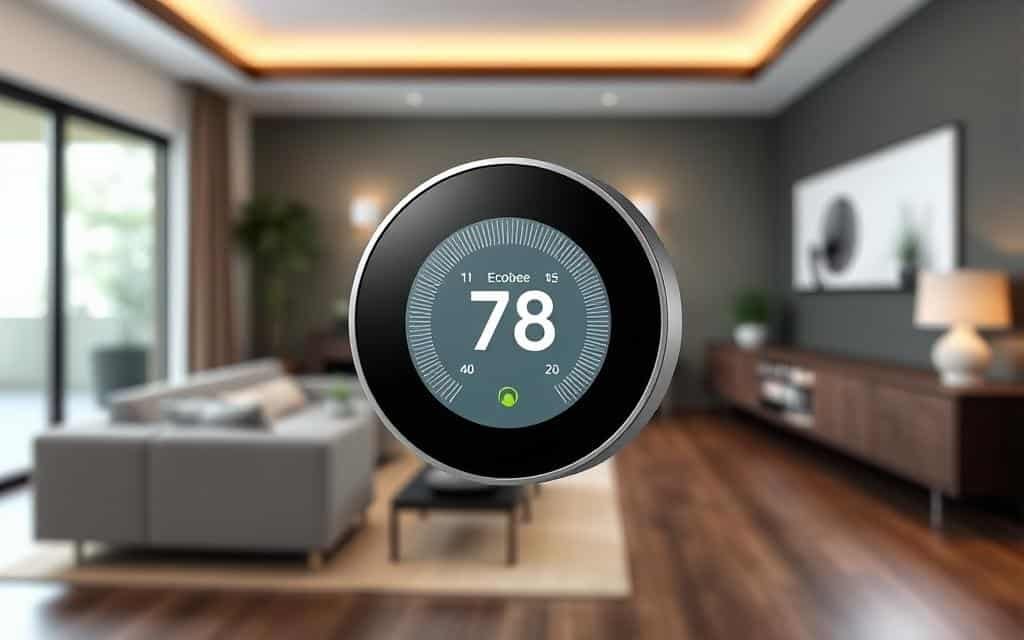
The Ecobee Smart Thermostat Lite offers a more affordable entry point into Ecobee’s ecosystem, priced around $140. It includes a remote room sensor, a feature that helps in eliminating hot and cold spots by measuring temperature in multiple locations throughout your home.
This device is compatible with multiple voice assistants, including Amazon Alexa, Google Assistant, and Apple HomeKit, providing flexibility regardless of your preferred smart home ecosystem. Its energy-saving features, such as occupancy detection and smart scheduling, help reduce utility bills, potentially allowing the thermostat to pay for itself within 1-2 years.
Budget Smart Kitchen Devices
Transforming your kitchen into a smart space doesn’t have to break the bank. With a variety of affordable gadgets available, you can enhance your cooking experience without overspending.
Hamilton Beach Smart Coffee Maker
The Hamilton Beach Smart Coffee Maker is a great addition to any smart kitchen. This device allows you to schedule brewing, adjust coffee strength, and even control it via an app. With features like automatic coffee maker shut-off and customizable brewing options, it’s a convenient and user-friendly device.
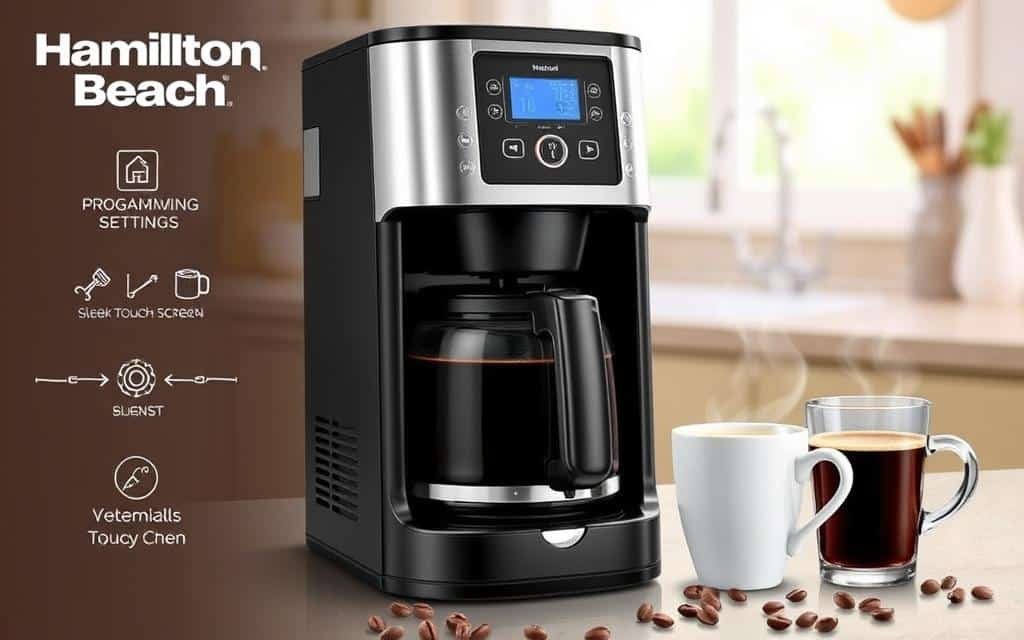
Other Affordable Kitchen Gadgets
Besides smart coffee makers, there are numerous other affordable kitchen gadgets that can make your cooking experience smarter and more efficient. For instance, budget-friendly smart kitchen scales (starting around $30) can connect to apps that provide nutritional information and recipe guidance, helping with portion control and meal planning.
Other options include affordable smart egg trays like the Quirky Egg Minder ($15-20), which monitor the freshness of your eggs and send notifications when supplies are running low, reducing food waste. You can also consider voice-controlled smart microwave ovens from brands like Amazon Basics (approximately $60), which respond to Alexa commands for hands-free cooking and offer preset cooking routines for common foods.
Additionally, water leak detectors from brands like Govee ($30-40) can provide early warning of potential water damage under sinks or near appliances, potentially saving thousands in repair costs. Lastly, smart kitchen displays like the Google Nest Hub ($90) serve multiple functions as recipe guides, timers, video entertainment, and smart home controllers while you cook.

Smart Home Automation on a Budget
The key to a seamless smart home experience lies in automation, which can be achieved on a budget. By leveraging affordable devices and voice assistants, homeowners can create a convenient and integrated living space.
Setting Up Simple Routines
One of the most effective ways to automate your smart home is by setting up simple routines. This involves creating custom voice commands that trigger multiple actions with a single phrase, such as “Good morning” or “Movie time.” Voice assistants like Alexa and Google Assistant serve as the backbone of affordable smart home control, eliminating the need for expensive dedicated control panels or hubs.
- Create custom routines to simplify your daily tasks
- Use voice commands to control multiple devices at once
- Enhance convenience without incurring additional costs
Voice Control Integration
Strategic placement of budget smart speakers throughout your home ensures that voice control is always within reach. Models like Echo Dot and Nest Mini are frequently available for under $30 during sales, making it affordable to have multiple units. Voice control particularly benefits those with mobility limitations or when hands are occupied with cooking or childcare, providing accessibility benefits beyond mere convenience.
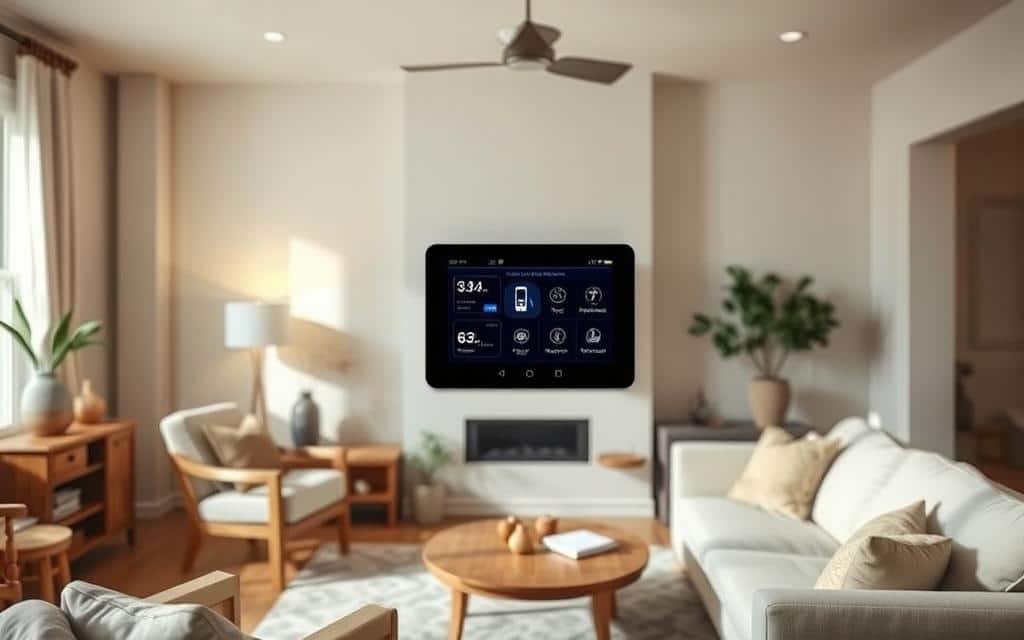
DIY Smart Home Projects
DIY smart home projects offer a cost-effective way to enhance your living space. By repurposing old devices and implementing budget-friendly hacks, you can create a smart home that’s both functional and affordable.
Repurposing Old Devices
One of the most effective ways to save money on smart home devices is by repurposing old ones. For instance, replacing traditional light switches with smart switches can significantly reduce costs, especially in rooms with multiple light fixtures. Kasa Smart Light Switches are a great option, allowing you to control your lights remotely and create complex lighting scenes.
Budget-Friendly Smart Home Hacks
Several budget-friendly hacks can enhance your smart home experience. Some of these include using NFC tags to trigger complex routines, weatherproofing standard smart plugs for outdoor use, and applying reflective window film to regulate temperature. NFC tags can be purchased in multi-packs for $10-15, making them an affordable solution for adding physical control points to your smart home.
- Installing smart switches instead of multiple smart bulbs can significantly reduce costs.
- NFC tags can trigger complex smart home routines when scanned with your phone.
- Weatherproofing standard smart plugs creates budget-friendly outdoor smart outlets.
- Reflective window film combined with smart thermostats provides passive temperature regulation.
- Strategic use of smart plugs with power monitoring capabilities helps identify energy-wasting appliances.
Maximizing Value with Multi-Purpose Devices
Multi-functional smart devices are crucial for creating a versatile and efficient smart home ecosystem. By integrating multiple functions into a single device, you can reduce costs and simplify your smart home setup.
Devices That Serve Multiple Functions
Some smart devices are designed to serve multiple purposes, enhancing their value proposition. For instance, smart speakers like Amazon Echo or Google Nest can control other smart devices, play music, and provide information, making them a central hub in your smart home. Using such multi-functional devices can streamline your smart home experience.
- Smart displays that double as smart speakers and visual assistants
- Smart thermostats that can also monitor indoor air quality
- Security cameras with motion detection and alert features
Hub-Free Options to Save Money
Opting for hub-free smart devices can further reduce costs. WiFi-connected devices, for example, eliminate the need for a dedicated hub, reducing both the initial investment and potential points of failure. Bluetooth-enabled and Thread-enabled devices offer similar benefits, providing a more streamlined and cost-effective smart home solution.
| Technology | Benefits | Examples |
|---|---|---|
| WiFi | No dedicated hub required, wide compatibility | Smart plugs, smart light bulbs |
| Bluetooth | Low cost, easy to set up, hub-free operation | Smart locks, smart lighting |
| Thread | Mesh network, improved reliability, no traditional hub needed | Smart home devices compatible with Thread technology |

Energy Savings with Budget Smart Devices
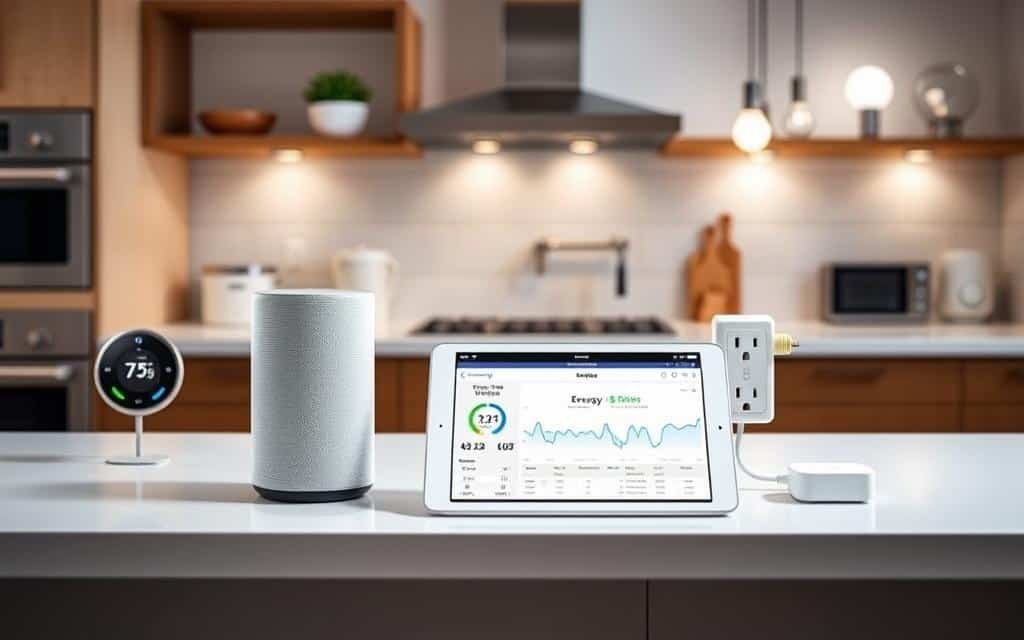
Investing in budget-friendly smart home devices is a practical step towards minimizing energy waste and lowering energy costs. These devices not only provide convenience and enhanced control over your home’s systems but also contribute to significant energy savings.
Monitoring and Reducing Energy Usage
Smart home devices such as thermostats, smart plugs, and motion-activated lighting can significantly reduce energy consumption. For instance, energy monitoring smart plugs can identify appliances that consume excessive standby power, potentially saving $100+ annually. Moreover, motion-activated smart lighting in low-traffic areas can reduce electricity usage by 30-40%, paying for the investment within 12-18 months.
Return on Investment Calculations
When evaluating the return on investment (ROI) for smart home devices, consider both tangible savings, such as reduced utility bills, and intangible benefits like convenience and peace of mind. Smart thermostats, for example, typically recoup their purchase price within 1-2 years through energy savings. Smart water leak detectors also provide significant ROI by preventing costly water damage incidents, which average $11,000 in repair costs.
Common Mistakes to Avoid When Building a Budget Smart Home
When building a budget smart home, it’s crucial to be aware of potential pitfalls that can lead to unnecessary expenses or compromised performance. A well-planned smart home can enhance your living experience, but certain missteps can undermine its effectiveness.
Compatibility Issues
One of the primary concerns when building a smart home is ensuring that all devices are compatible with each other. Incompatibility can lead to frustrating user experiences and additional costs. To avoid this, it’s essential to choose devices that operate on the same protocol or are certified by the same smart home platform. For instance, devices that use Zigbee or Z-Wave protocols can often be integrated seamlessly. When selecting devices, check for compatibility with your existing smart home ecosystem to prevent potential issues.
False Economy Purchases
Opting for the cheapest devices might seem like a cost-effective strategy, but it can result in false economy purchases. Here are some common mistakes to avoid:
- Choosing the absolute cheapest option often results in unreliable devices with poor connectivity, frustrating user experiences, and shorter lifespans that ultimately cost more through replacements.
- Overlooking security features in budget devices can expose your network to vulnerabilities, with potential costs far exceeding the savings from choosing less secure options.
- Purchasing single-purpose devices when multi-function alternatives are available at similar price points unnecessarily increases both the number of devices to manage and total system cost.
- Ignoring user reviews and professional evaluations to save a few dollars often leads to purchasing products with poor reliability or missing advertised features.
- Failing to consider long-term costs such as subscription fees, battery replacements, or cloud storage can make seemingly affordable devices more expensive over their lifetime.
By being aware of these potential pitfalls, you can make informed decisions when building your budget smart home, ensuring a more efficient, secure, and cost-effective experience.
Future-Proofing Your Budget Smart Home
Future-proofing your smart home on a budget requires careful planning. As technology continues to evolve, it’s essential to invest in systems that can adapt to new standards and devices.
Investing in Expandable Systems
One key strategy is to invest in expandable systems that can grow with your needs. This includes choosing smart home hubs that support multiple protocols and devices. For instance, opting for devices that are compatible with the Matter standard ensures interoperability across different platforms. The Matter standard is becoming the future of smart home interoperability, with budget devices increasingly supporting this protocol.
- Thread networking technology is gaining traction for its reliability and reduced latency.
- Local control capabilities are becoming more important for privacy concerns.
Keeping Up with Smart Home Standards
Staying informed about the latest smart home standards is crucial. This includes understanding advancements in security protocols like two-factor authentication, which is becoming standard even in budget devices. Moreover, the evolution of voice assistant technologies means that budget devices now support natural language processing, enhancing user experience.
By investing in expandable systems and keeping up with the latest smart home standards, you can ensure your budget smart home remains relevant and functional for years to come.
Conclusion: Creating Your Ideal Budget Smart Home
A budget-friendly smart home is within reach when you focus on essential gadgets and automation. By prioritizing your needs and investing in devices that deliver the most impact, you can create a connected home without overspending.
Start with a solid foundation of essential smart home devices, such as a voice assistant, smart plugs, and lighting. As your budget allows, you can expand to more specialized gadgets, enhancing your home’s functionality and convenience.
It’s crucial to prioritize cross-platform compatibility and open standards like Matter to ensure your investments remain valuable as technology evolves. Remember, the true value of a smart home lies in its ability to automate routines, making daily living more efficient and enjoyable.
The most successful budget smart homes grow organically, adding components thoughtfully over time. By doing so, you can enjoy the benefits of a connected home while staying within your budget.
FAQ
What are the most affordable smart speakers available in the market?
The Amazon Echo Dot (5th Gen) and Google Nest Mini are two of the most affordable smart speakers, offering excellent voice control and compatibility with various smart devices.
How do I choose the right smart home ecosystem for my needs?
Consider factors like device compatibility, voice assistant preferences (e.g., Alexa or Google Assistant), and the type of devices you want to control. Popular ecosystems include Amazon Alexa, Google Assistant, and Apple HomeKit.
Can I control my smart devices when I’m not at home?
Yes, most smart devices come with companion apps that allow you to control and monitor them remotely, as long as you have a stable internet connection.
Are smart light bulbs energy-efficient?
Many smart light bulbs, such as those from Wyze and GE Cync, are LED-based and offer energy-efficient options, helping you reduce your energy consumption and lower your utility bills.
How do I ensure my smart security camera is secure?
To secure your smart security camera, make sure to change the default password, enable two-factor authentication, and keep your camera’s firmware up to date.
Can I integrate my smart thermostat with other smart devices?
Yes, many smart thermostats, such as the Amazon Smart Thermostat and Ecobee Smart Thermostat Lite, can be integrated with other smart devices, like smart speakers and lights, to create a seamless smart home experience.
What are some budget-friendly smart kitchen devices?
The Hamilton Beach Smart Coffee Maker is a great example of an affordable smart kitchen device. You can also explore other options like smart slow cookers and instant pots.
How can I maximize the value of my smart devices?
To get the most out of your smart devices, consider using multi-purpose devices, setting up simple routines, and integrating voice control to simplify your smart home experience.
Are there any DIY projects to make my existing devices "smart"?
Yes, you can repurpose old devices or use budget-friendly smart home hacks to make your existing devices more intelligent. For example, you can use a smart plug to make a non-smart device controllable via voice commands or a mobile app.
How do I future-proof my budget smart home?
To future-proof your smart home, invest in expandable systems, keep up with the latest smart home standards, and choose devices that are compatible with multiple ecosystems.
Digital literacy expert Carlos Santos empowers beginners through accessible content on online safety, ethical tech, and real-world innovation at DigitalVistaOnline.

